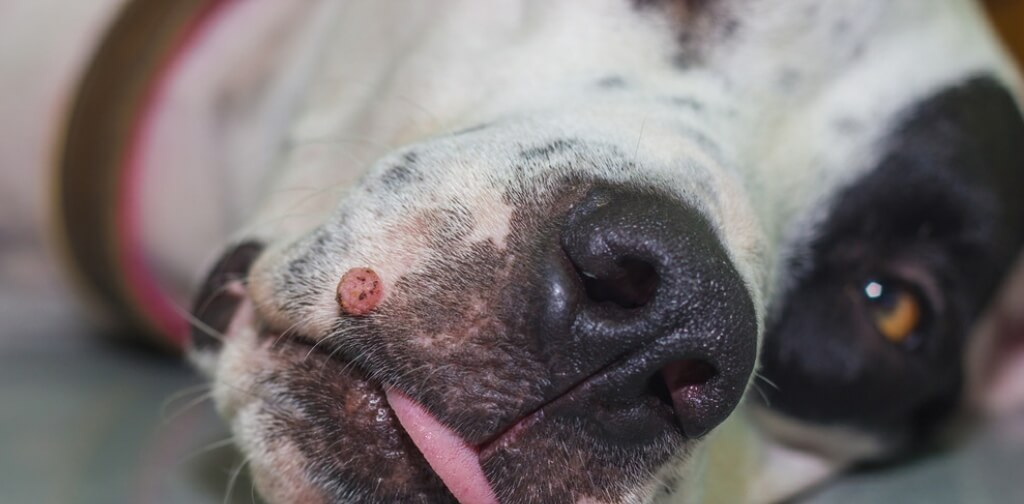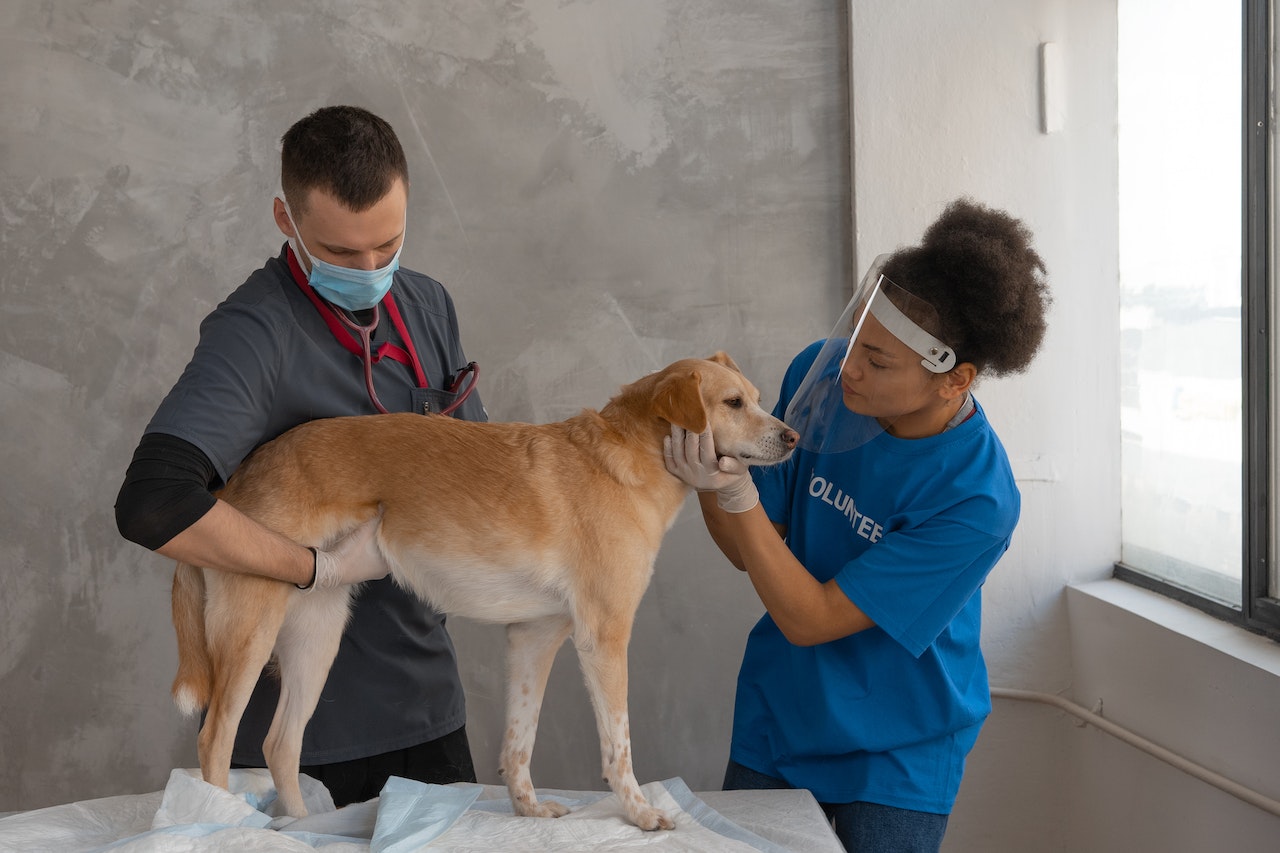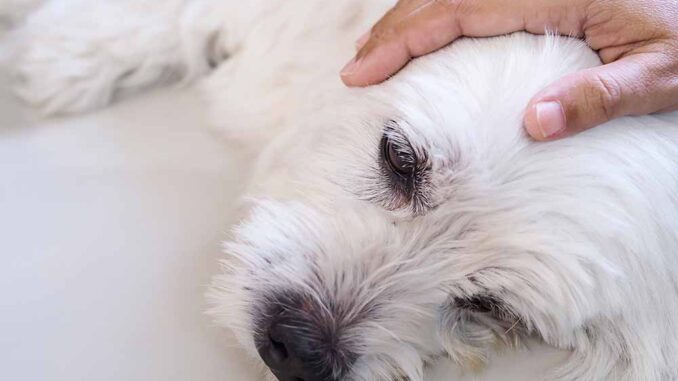
Canine viral papillomatosis can be described as an extremely serious illness However, it’s the official description of warts.
Warts?
Warts are a benign form of skin tumors. They can be single or multi-particulate and may occur everywhere on the body of a dog. Warts are usually caused by viruses. There are a variety of viruses that cause the appearance of warts in various areas within the human body. Warts are quite common in dogs, and for most of them, they are not considered to be significant or cause for concern.
How do dogs get warts?

Warts, also known as canine papillomas are caused by specific varieties of viruses. The virus is transmitted to dogs when they come in contact with another dog with an infection. Canine papillomavirus can persist for long periods of time in the surrounding environment and consequently be transmitted to objects like toys or bedding.
Young dogs with infancy immune systems or weak immune system are vulnerable to more serious infections in which the number of warts increases. The virus is usually introduced to the skin of the dog via an injury or bite. When in contact with a dog that is infected, it can take anywhere from one to 2 months to allow a wart form. As dog-to-dog transmitting the disease happens, however, it does not spread on humans and other mammals.
What do warts look like?
The typical dog wart is like a tiny head of cauliflower. It has a stalk which leads to a rough-textured growth. Sometimes, the lesions are skin-like plaques, while others may appear as hard and grow inwards. They usually appear on the dog’s face however, they can also be found on the feet, the neck or any other part of the body.
Are viral papillomas dangerous?

The majority of canine warts disappear and go away without treatment. This is due to the fact that your dog’s immune system is able to respond to the infection. Usually, after three months, warts will begin to shrink and regress.
What treatment is required to treat the wart on my pet’s face?
The first step to take if you notice the appearance of new growth on your dog’s skin is to make an appointment with your veterinarian. Your vet could suspect that the wart is there because of its appearance. however, if the appearance is suspicious, your vet could recommend the testing of what kind of growth it’s. It could mean your doctor taking a small amount of tissue by using a needle and sending it off to a laboratory or for surgical removal and conducting tests.
If it is suspected that the growth is caused by a wart, then keeping an eye on it for a certain period of time to ensure it’s receding might be enough. Be vigilant about the wart, and keep an eye out for any changes or problems. If you notice that the wart is beginning to be growing or looks different, it’s a good idea to consult with your veterinarian.
Warts on the canine are a source of discomfort as well as pain

In general, warts don’t cause any problems for dogs. But, if they are present in large amounts, which is often the case with puppies (for instance, in the mouth) they may cause problems. If you have an animal with a large number of warts around the mouth or in other areas of the body, treatment could be needed.
Treatment may include antiviral drugs but they are typically only prescribed in extreme instances or oral papillomas. The most common situation is that of a dog suffering from one or a small number of warts. Sometimes, warts can bleed or get infected and in this case, treatments may be required to treat the issue.
If a wart is bleeding continuously, your vet might recommend removal. A wart generally is not likely to bother your dog, or cause discomfort. If it is an area that is easy to reach like a leg, the dog could bite or lick the site. It is essential to avoid it to prevent problems such as irritation or infection.
Can I prevent my dog from getting warts?

There is no way to ensure that your dog will not get in contact with canine papillomavirus. Because these viruses are widespread and are able to survive outside the dog’s surroundings for long periods of time, it’s virtually impossible to stop the spread. If your dog is suffering from an excessive amount of warts (such as a large number of oral papillomas) it is sensible to restrict interaction with any other dog until warts have receding. But, generally speaking, warts aren’t serious and in most cases, they disappear without treatment. No special attention is required.